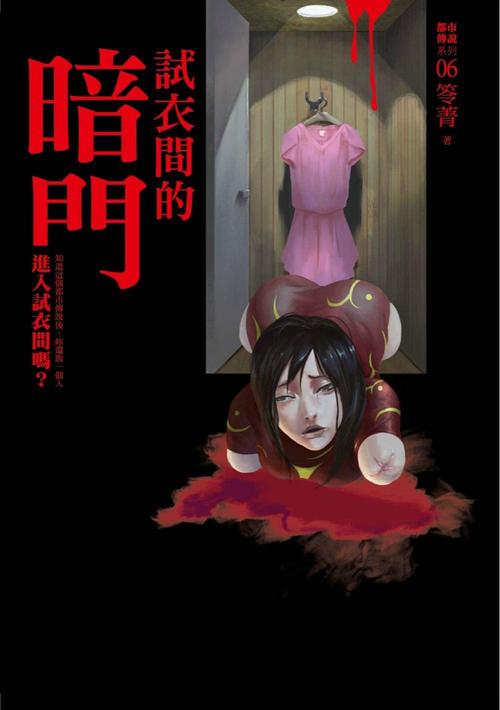谁是考研写作最好的老师
 叶适
叶适 盛以荚衍
盛以荚衍
要提高写作水平,可以背几篇阅读理解真题文章。要提高写作分数,可以总结一篇写作模板,背熟,然后用历年真题检验。要担心自己写的不行,可以报个网校,比如天道考研网校,听听上面老师的技巧。没有最好,只有合适就行。一切为了考上。
谁是考研写作最好的老师5
 高门县薄
高门县薄 番木瓜
番木瓜
这周的时间比较充裕,所以可以连载这个系列的文章,大家可能注意到了,前两篇里面讲到的模板和句型的改写比较多,而从第六篇开始,我讲模式会比较多。昨天我们讲到一般中间段的写法,我们再来看看包装之后的中间段是怎么写的。 【认知】今天我们依然选取的是2010年第一篇文章,前4篇我们选择的是2011年的四篇不同文章,证明句型仿写等方法的普遍和广泛,从第5篇开始,我们着重对一篇文章进行分析,这样在巩固以前技能的基础上,我们会对段落以及整体文章的架构和联系有进一步的理解。今天引用的这一段,可谓是昨天那一段的进一步论证--即年轻人很难想象报刊杂志上出现大篇幅的艺术评论,而在这一段里,描述了的背景和支撑细节。原文如下:We are even farther removed from the unfocused newspaper reviews published in England between the turns of the 20th century and the eve of World War Ⅱ, at a time when newsprint was dirt-cheap and stylish arts criticism was considered an ornament to the publications in which it appeared. In those far-off days, it was taken for granted that the critics of major papers would write in detail and at length about the events they covered. Theirs was a serious business, and even those reviewers who wore their learning lightly, like George Bernard Shaw and Ernest Newman, could be trusted to know what they were about. These men believed in journalism as a calling, and were proud to be published in the daily press. “So few authors have brains enough or literary gift enough to keep their own end up in journalism, ”Newman wrote, “that I am tempted to define ‘journalism’ as ‘a term of contempt applied by writers who are not read to writers who are’. ”
考研英语哪个老师好?
 少焉
少焉 爱封了
爱封了
哪个老师讲的好这个应该答案都不一样吧,这就叫做萝卜白菜各有所爱。 英语是一门积累的课程,前期一定要对单词熟悉再熟悉,有条件的话可以听一听天道上的词汇课,听一下别人是怎么背单词的,才能够提高效率。比如老师讲的联想记忆法里的很多单词能很容易的把一些陌生的单词一次性终生难忘,比如河马,hippo,联想成“嗨,屁股圆圆”。还有学单词必备的根本法则:词根词缀记忆法,对记单词和用单词都很有帮助。学英语不光是听听课就行了,还要有 plan ,比如一周背多少单词,一周背几篇真题文章,比如什么时候写好一篇作文模板,自己专属的,熟背,等等,都要有计划性。
考研英语作文哪个老师
 慕尼黑
慕尼黑考研英语哪个老师好,99%的人都不知道
 惮我
惮我考研英语作文老师有哪些
 一丝一毫
一丝一毫在杭州那个考研班老师作文讲得好,师兄师姐给些意见
 守夜人
守夜人考研大小作文老师
 小薰
小薰考研英语哪个老师好?
 穆斯林
穆斯林
 40004-98986
40004-98986









